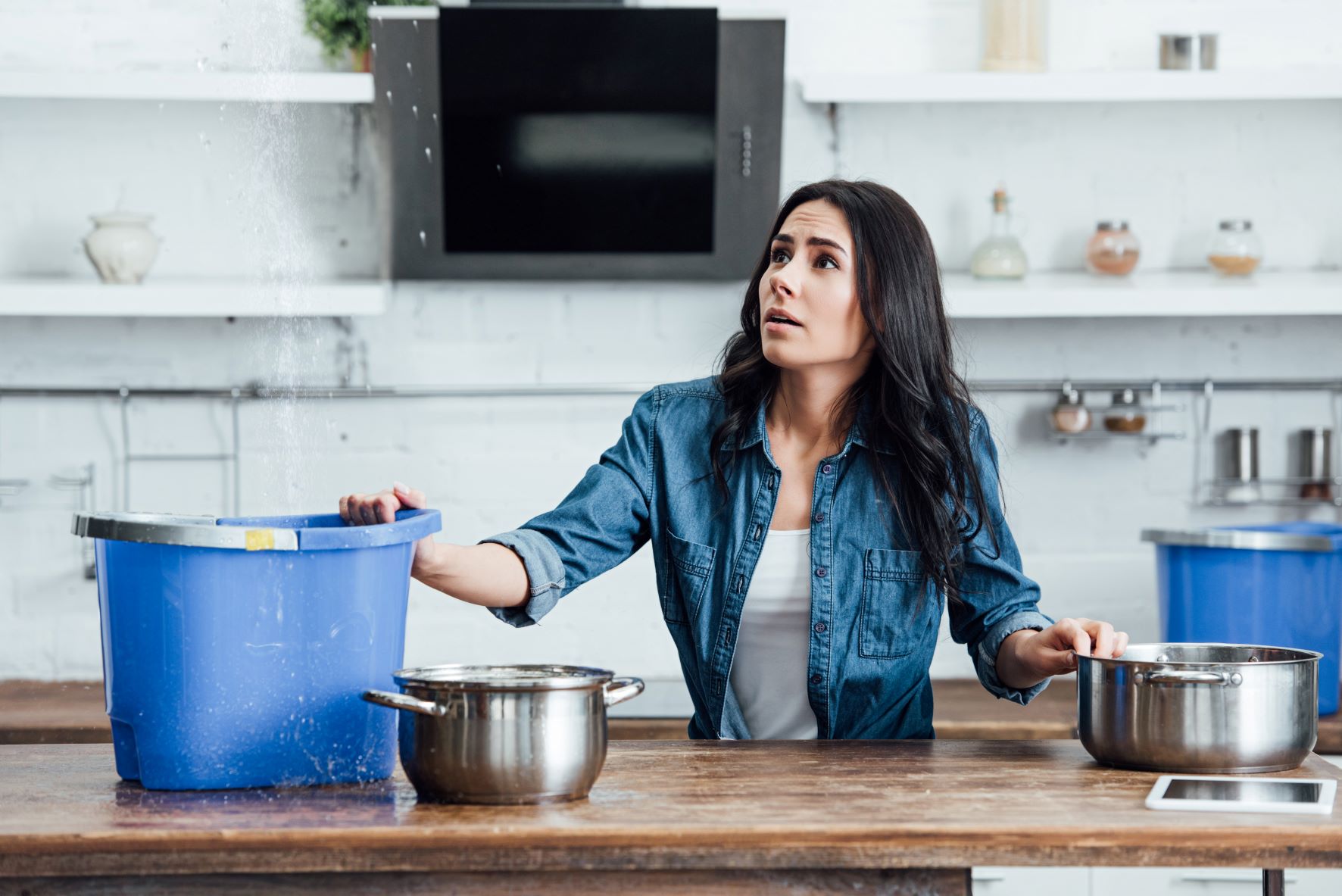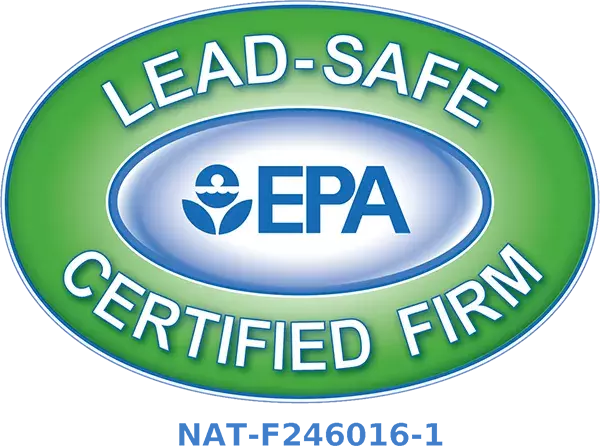Winter can be a beautiful time of year, but it can also present unique risks for water damage in your home. The cold temperatures, snow, and ice can all cause significant damage if left unchecked.
As temperatures drop, it is important to take precautions to protect your home from the effects of winter weather.
One of the most significant risks posed by cold weather is water damage, which various sources can cause. From burst pipes to frozen gutters, there are many ways that water damage can occur during the winter months. In this blog post, we will explore five of the most common ways that water damage can happen during winter and what you can do to prevent it.
Burst Pipes
When temperatures drop during winter, your home can be vulnerable to water damage caused by burst pipes. This is one of the most common causes of water damage in the winter, and it can be extremely costly to repair. Burst pipes happen when the water inside the pipes freezes and expands, causing them to crack or burst.
If you want to prevent this from happening, there are a few steps you can take. Ensure all pipes exposed to cold temperatures (such as those in crawl spaces or attics) are insulated and properly sealed. Also, make sure to disconnect garden hoses from outdoor faucets and open up the valves to let any remaining water drain out.
Leaking Roofs
The winter months can be especially hard on your home, and one of the most common causes of water damage during this time is leaking roofs. When the temperature drops, snow and ice accumulate on the roof, creating a large amount of extra weight. This can cause the roof structure to sag, leading to gaps and cracks that let moisture in.
Even if the roof doesn’t crack or sag, the melting snow and ice can cause water to seep into the home if there are any weak points. If you notice any signs of water damage in your home, such as discoloration or a musty smell, you should check it out immediately to ensure you don’t have a roof leak.
Flooding
During the winter months, many homeowners are at risk for water damage due to flooding. Although it’s not always easy to predict when a flood may occur, it is important to be aware of the potential sources of water damage to minimize any potential risks.
One common source of water damage during the winter months is melting snow. As temperatures rise and snow begins to melt, it can cause excess water that pools around your home, making it susceptible to flooding. This can also create a breeding ground for mold and other hazards that can cause health issues. To prevent this type of flooding, it’s important to ensure your home is properly insulated and has proper drainage systems in place.
Taking precautions will put you in the best position to minimize the potentially hazardous effects of water on your home, so you can enjoy all the beautiful things that winter brings with a little extra piece of mind.


